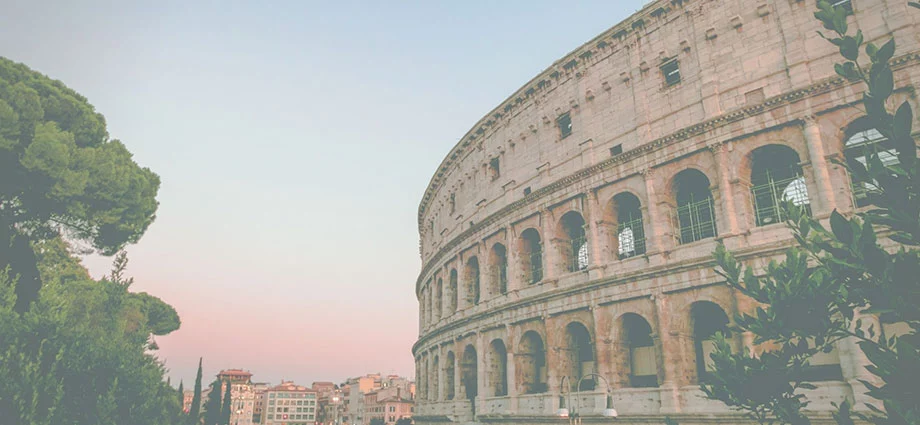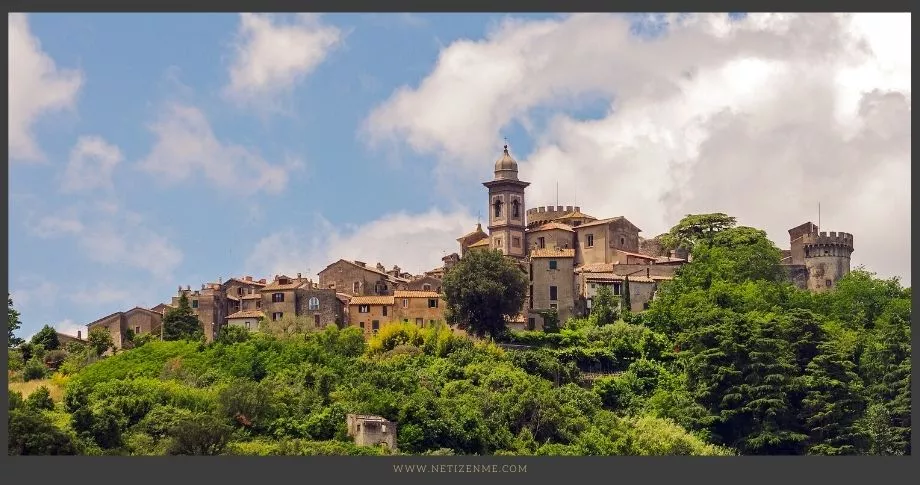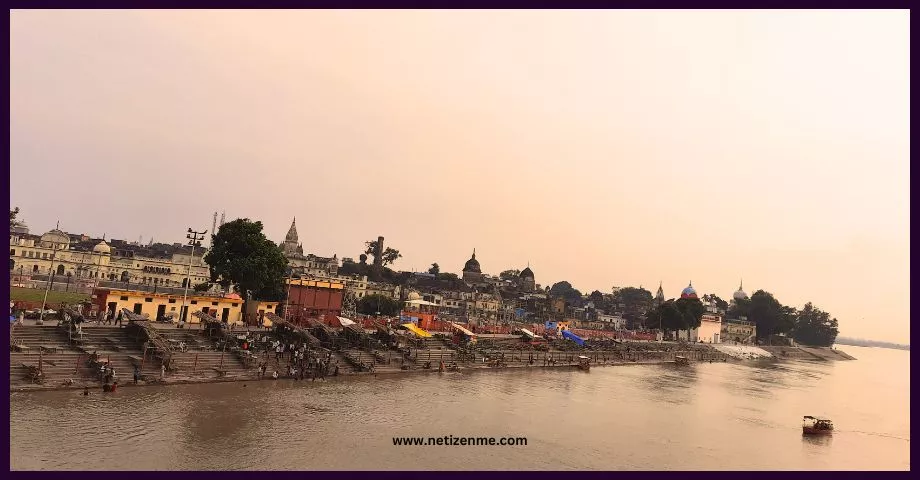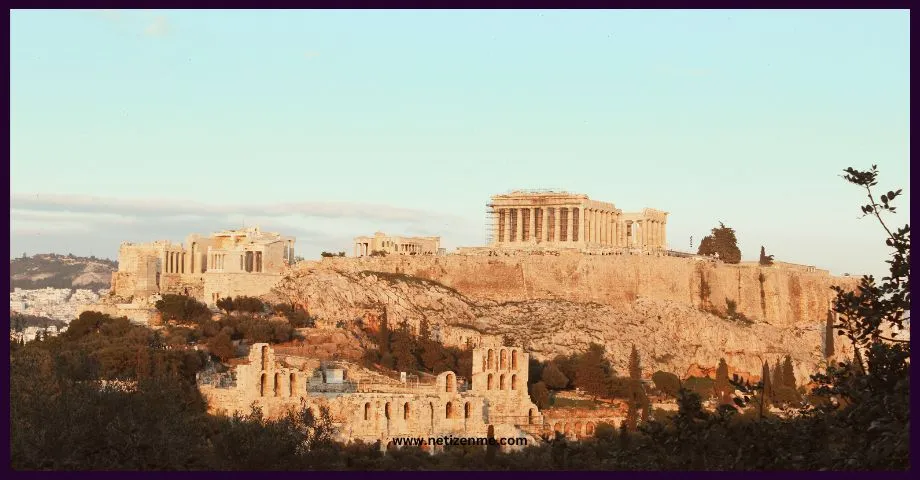
Treatment of Outlying Latium Towns During Roman Rule
Latium is the region of central western Italy in which the city of Rome was founded and grew to be the capital city of the Roman Empire. Latium was originally a small triangle of fertile, volcanic soil on which resided the tribe of the Latins or Latians.
Wikipedia
Why was Latium important to Rome?
A Treaty of Alliance
Latium, an area in the ancient Italy region, shared many connections with Rome throughout their history. Before the Etruscans’ withdrawal, the Etruscan civilization influenced both civilizations of Latium and Rome. After a series of events, in 358 BC, they entered a treaty of alliance for equality. Each party, in turn, nominated a dictator for their league.
But as Rome’s strength grew, a war led to the dissolution of the partnership 01.
In Morey’s words (1901), “the chief result of the great Latin war was the breaking up of the Latin confederacy, and the adoption of a more efficient method of governing the Latin towns.”
Rome noticed the danger of dealing with Latin towns united as a league that was repeatedly revolting. So they decided to introduce a policy of isolation and treated each city individually. Since not all Latin cities were equally qualified to gain Roman citizenship, the isolation policy was useful to grant citizenship and treat cities differently.
Why was the treatment of the outlying Latium towns so important to the Roman government?
Why was Latium important to Rome? The outlying towns of Latium were important to the Roman government for a number of reasons. First, they acted as a buffer between Rome and the other states in the area. Second, they provided Rome with a steady supply of food and resources. Third, they served as a source of military manpower for the Roman army. Fourth, the towns were a source of tax revenue for the Roman government. Finally, the towns helped to spread Roman culture throughout the region.
Why did settlers choose Latium as a good place to live?
The central location of Latium made it an ideal place for settlers to establish a new home. The area was also rich in resources, including fertile land for farming and minerals for manufacturing. Additionally, the climate was mild, which made it hospitable for people and animals alike. The proximity to the sea also meant that settlers had access to trade routes and could easily defend their settlement from invaders.
What were the inhabitants of Latium called?
The inhabitants of Latium, an area in central Italy, were called Latini. The name Latium comes from the Latin word for “wide” or “broad,” likely referring to the area’s flat topography. The Latini were a proud and warlike people, known for their skill in battle. They were closely allied with the Roman state and fought alongside them on many occasions. The Latini were eventually absorbed into the Roman Empire, but their legacy lives on in the region that bears their name.
Different Citizenship Types
Many Latium towns fully incorporated into Rome and got full citizenship, which included all the rights such as the right to trade, vote, hold public office, or intermarry roman citizens 02.
However, most Latium towns were only partly incorporated. They received the Latin right, partial citizenship, which excluded the right to hold a public office or vote.
But, some Latium towns were not incorporated with Rome at all. Dependent allies, as Rome called them, these cities could keep their local government. However, they had to cede their public lands to Rome while also agreeing to support them during war times.
According to Morey (1901), The isolation policy and different incorporation types cemented the Latin cities to Rome. It was the beginning of a critical system, which developed in Italy’s subsequent organization and in the Mediterranean world.
Hence, Hence treatment of outlying Latium towns during Roman rule became an interesting milestone in Rome’s civilization.
Read more:
- Latium. Encyclopædia Britannica by The Editors of Encyclopaedia Britannica. (May 11, 2009).
- Outlines of Roman history. Forum Romanum by Morey, W. C. (1901).
- Christmas Traditions Around the World: A Cultural Exploration

- Korean Hanbok: Tradition & Fashion

- Korean Persimmons: Symbol of Transformation and a Cultural Icon

This article is written by:
This article is written and edited by in-house writers and editors. Knowledge Netizen editorial team is committed to providing accurate and informative content. You can cite our articles under the author name "NetizenMe"









